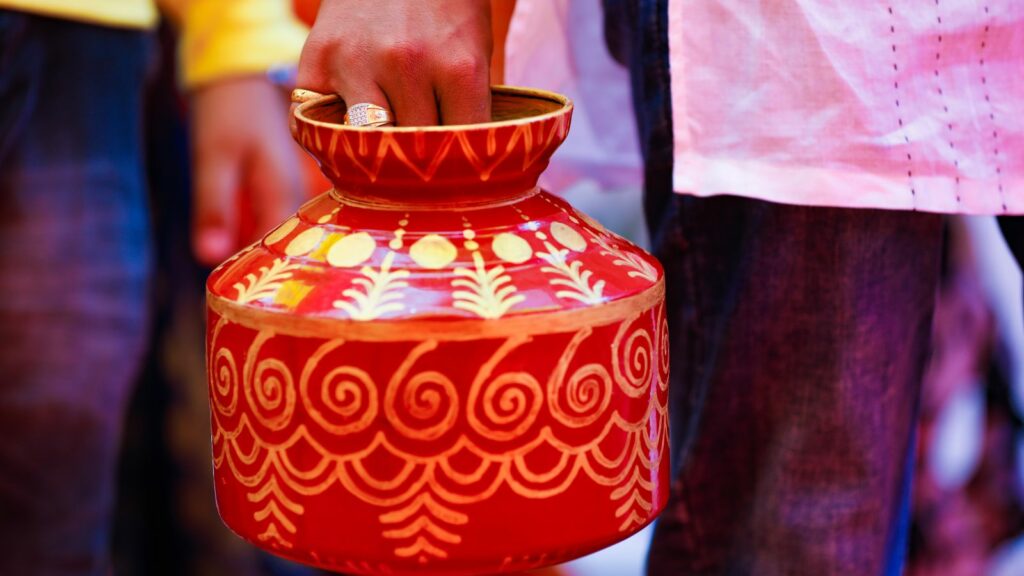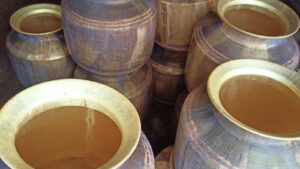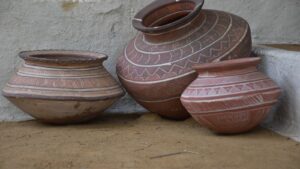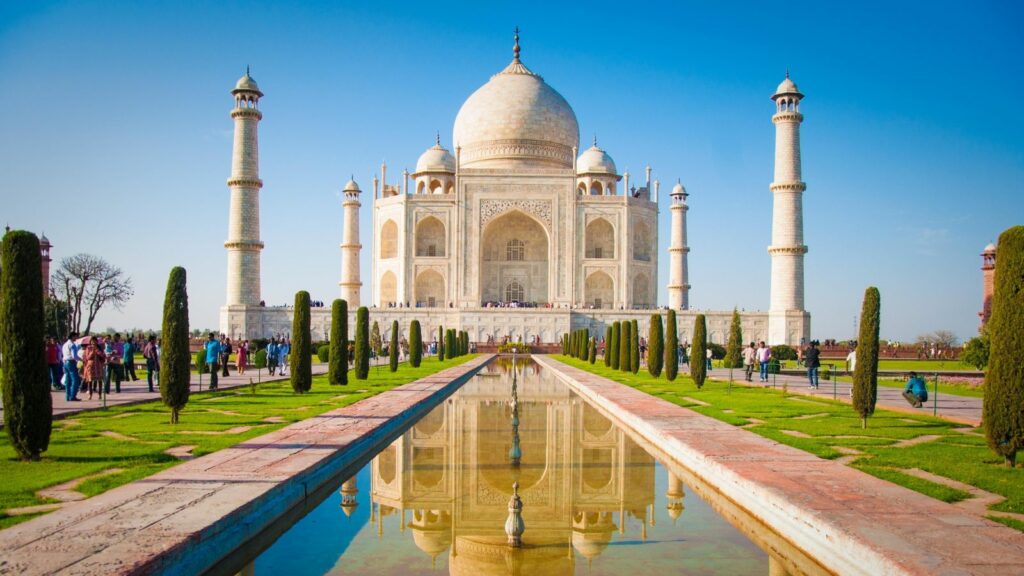In the diverse world of Indian pottery, the “matka” holds a place of honor. It’s more than just a traditional earthen pot; it’s a symbol of culture, history, and everyday life. But what exactly is a matka, and why is it so significant in Indian society?
The matka’s humble silhouette belies its profound role. Used for centuries to store and cool water, its design is a testament to the genius of ancient artisans. This article delves into the fascinating world of the matka, exploring its origins, uses, and cultural significance.
Matka in English
The world of matka, rooted in Indian tradition, opens the door to exploring ancient craftsmanship and cultural importance. This section delves further into the origins, history, and presence of matka in popular culture.
The crafting of matka, or clay pots, traces its roots back to the Indus Valley civilization. As park of stark evidence, archaeologists unearthed pottery pieces from sites like Harappa and Mohenjo-Daro. Exhibits, such as pots, animal figurines, and terracotta toys, dating approximately 3000 BCE, hint at a mature pottery technique. The artisans worked the clay into a massive wheel, shaped it into a pot, baked it in the sun, and eventually, fired it in a kiln for permanence. A glaze of colors applied post these rigid processes made these artifacts a visual treat and demonstrated the level of skill required.
Matka in Popular Culture
Pop culture saw the essence of matka seeping into its realms, from Bollywood songs to regional folk tunes. Bollywood music often refers to “matka” in lyric lines, creating a tangible connection to Indian life. An example is the famous song ‘Matka Le Chal Ab Dewaar’ from the 1973 movie Jaise Ko Taisa. Regional folk tunes, too, frequently cite matka as a symbol of womanhood, rural life, or Indian customs.
Breaking Down the Term Matka in English
The section illuminates the term “matka” from an English language perspective. It deep-dives into the definition, meaning, and cultural significance, intertwining with the tapestry of Indian traditions.
“Matka” translates to “pot” or “pitcher” in English. It’s a term originating from the Hindi and Urdu languages, typically referring to a water storage vessel made from porous earthen clay. The thick walls of the clay pot allow for evaporative chilling, a primitive yet effective cooling process that’s hinged on the physics principle of evaporation. Over centuries, this simple article has morphed into a symbol of life-giving sustenance in the hot climatic regions of India, its utility enhancing the intrinsic value.
The Cultural Significance of Matka
Venture beyond the mundane, and the matka transforms into a cultural paradigm. It stands as an emblem of domesticity and womanhood, as depicted in countless Bollywood songs and folk tunes. Women fetching water from community wells in matkas, balanced skillfully on their heads, constitute an enduring image of rural India. Furthermore, matka scores symbolic resonance in religious ceremonies and traditional rituals, filled with vermillion-dyed water or auspicious items. Much like its omnipresence in Indian households, the matka is firmly etched in the country’s cultural ethos. As such, the term matka extends far beyond its English translation, embodying a rich tapestry of traditions, customs, and lived experiences.
The Role of the Matka in Everyday Life
The role of the matka extends beyond ancient symbolism into contemporary everyday life. This vital artifact serves various utility purposes while offering health benefits due to its material and design.
A matka, being a versatile everyday household item, facilitates the storage and cooling of water. Crafted from clay, the matka operates on a simple cooling process. Water, when stored in it, seeps into the many tiny pores in the clay and evaporates, leaving behind a cooling effect. As a result, it provides refreshing, naturally cooled water – particularly pleasing during hot summer months. Found ubiquitously, it’s also widely used during rituals and religious ceremonies to store holy water and other sacred liquids.
Health Benefits of Using Matka
A matka presents considerable health benefits, backed by scientific evidence. Due to its clay composition, it imparts vital minerals such as calcium, phosphorus, iron, magnesium, and sulfur to the water stored within. These minerals contribute to strengthening the immune system and maintaining overall health. Furthermore, an important feature of water stored in a matka is its alkaline nature. Understanding that the human body can become acidic due to factors like an improper diet or stress, an alkaline environment promotes better bodily function.





